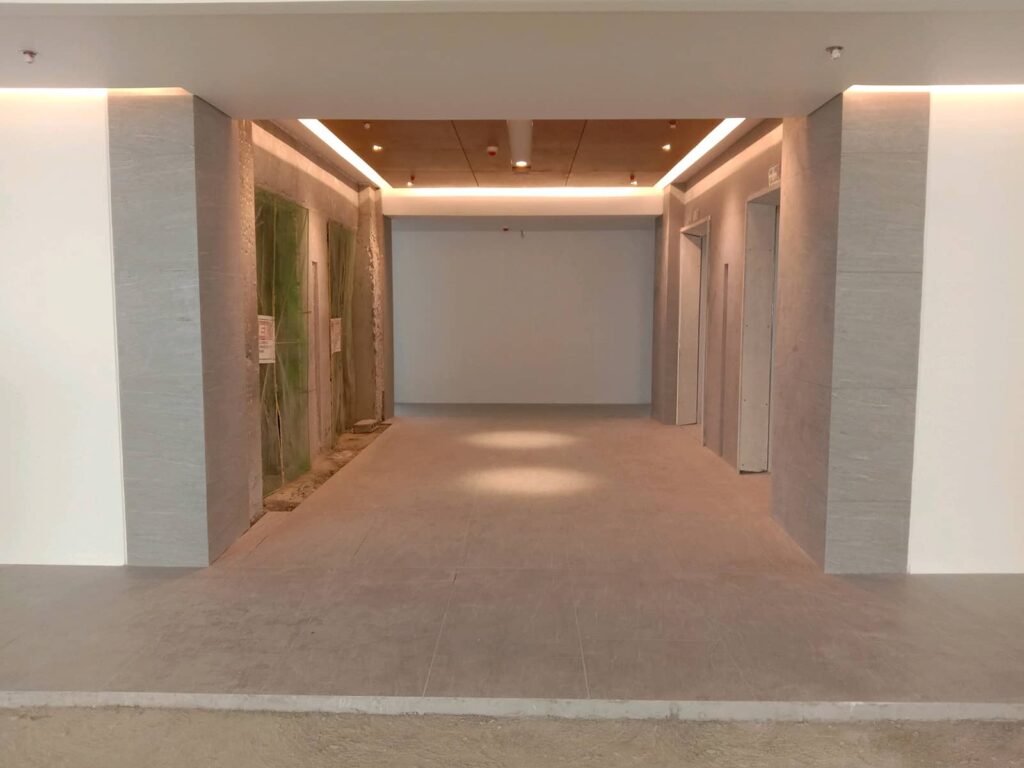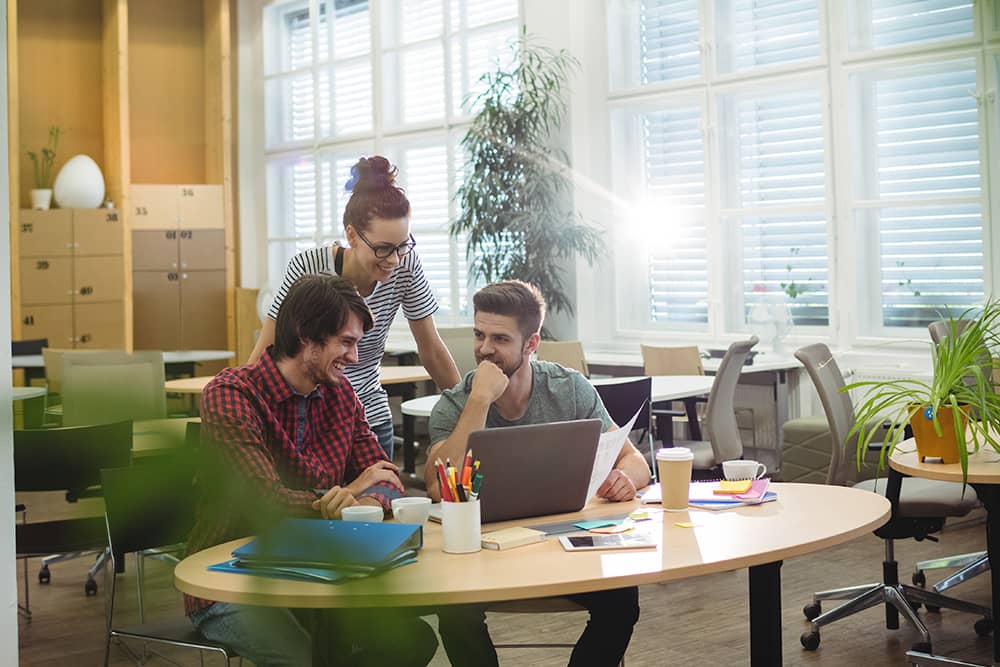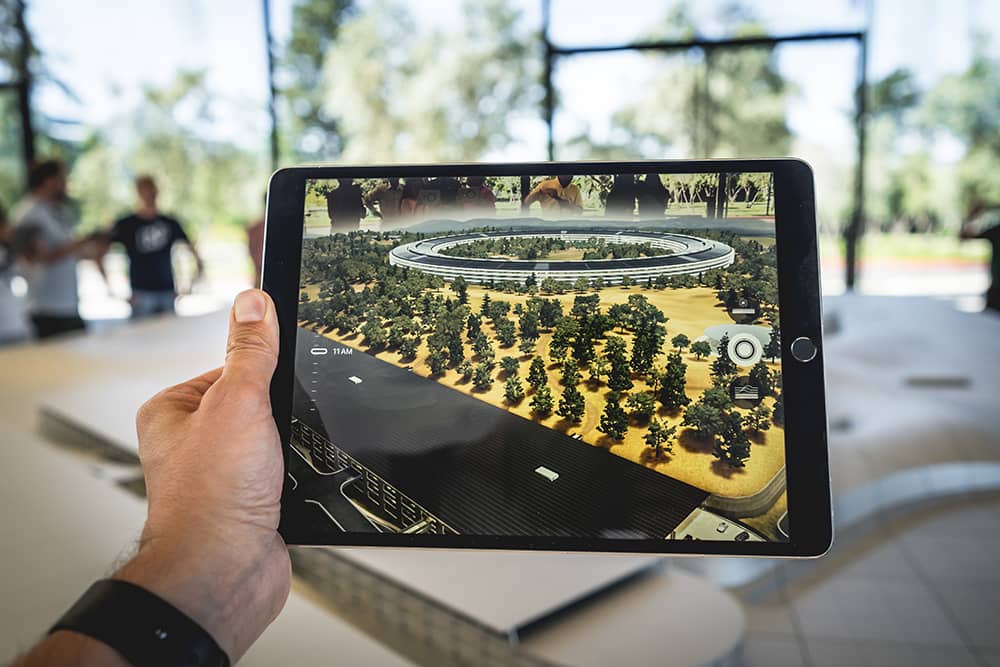As many industries move to expedite their recovery from the severe impacts of COVID-19, the inevitable return to the office has been a point of concern. Globally, sustainable developments have been recognized as a key contributor in helping more companies transition back to the post-lockdown world.
The World Economic Forum believes that a green recovery must be kickstarted. Apart from having access to healthier food or improved social mobility, sustainability is a much more resilient approach in planning infrastructure found in our cities and neighborhood. It is ideal to start constructing better structures or refurbishing existing ones for a greener space given its holistic benefits.
According to the World Green Building Council, green buildings could help in the fight against COVID-19 or any public health emergencies through two key elements: prevention and control. These estates go beyond the minimum health protocols of physical distancing and isolation through its building based measures.
Pushing for sustainable spaces cover the basics of community management, disinfection, environmental cleaning, access to medical assistance, and ventilation. Most green buildings feature natural ventilation, improved indoor air quality and filtration, and efficient waste management. It can also employ It Destination-oriented allocation system elevators and include biophilic design to their overall workplace design.

For LEED-accredited buildings, the efficiency of water, air, and energy systems are prioritized and monitored beyond cost or responding to the concerns brought about by the pandemic. As a pre-certified Silver LEED building, JEG Tower @ One Acacia has made sure that its Heat, Ventilation, and Air Conditioning (HVAC) system are sealed even during construction. It also installed the MERV-13 filter to further protect the health of the occupants and the environment they work in.
As more buildings move to highlight their health performance, other developments add UV-C sanitation measures to their office or commercial amenities and fixtures. In Cebu, JEG Tower also takes notes of key disinfection measures dedicated to common areas such as the bathrooms. The building is equipped with the most-hygienic hand dryers that have HEPA filters and anti-bacterial additives to avoid contamination in their spaces.
Countless smart technology can be used to offer premium green offices. According to the Singapore Green Building Council, taking advantage of innovative systems, buildings will be able to adjust to the post-COVID-19 environment with improved safety and sustainability. This can be seen in sensor-enabled entry through automatic doors, self-check thermal scanners, and foot handles that can be utilized for a touchless or contactless experience that adds inherent protection to these spaces.
Beyond the investment in physical health and better working environments, patronizing a green recovery will also help boost the economy. According to the World Bank, it can bring more jobs in the short term and consistent growth in the long run as investing in natural capital, resource efficiency, and sustainable and clean energy production have a higher economic multiplier.
The shift to sustainability will definitely provide better opportunities to transition better to the new normal and grow a healthier community, safer spaces, and a much more resilient economy globally.
Looking to expand or locate to a green building? Contact Lorenzo Rodriguez at +63 917 825 6884 or send an email to lorenzo.rodriguez@kmcmaggroup.com to discuss your options.




























